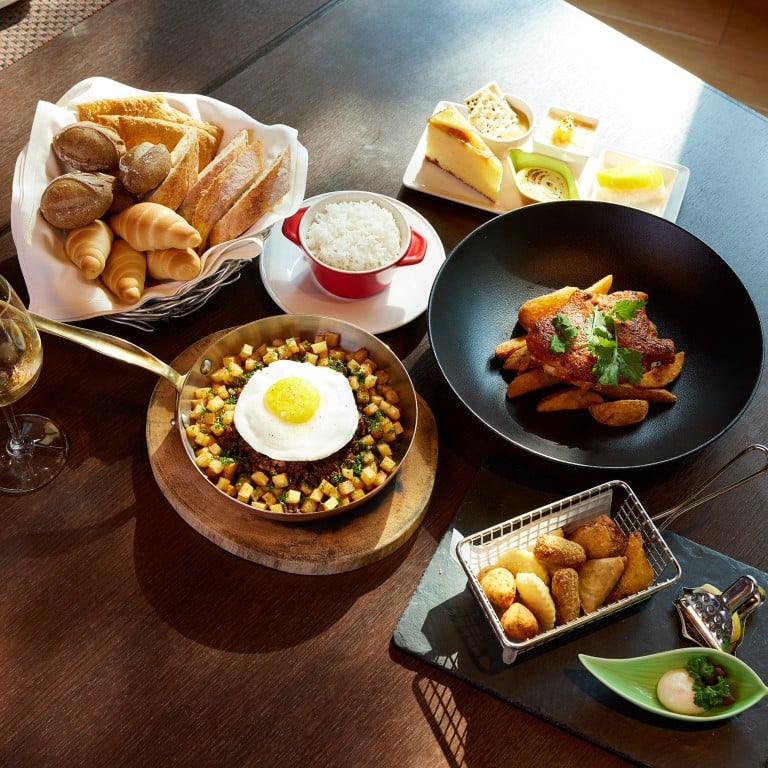
- As a training facility of the Macao Institute for Tourism Studies, the restaurant helps hospitality and culinary arts students gain real-world experience
- The global menu features a wide range of classic Macanese dishes, some of which have been modernised with lighter or vegan variations
Macanese food is one of Asia’s most famous examples of creole cuisine, yet it can often be misunderstood. A common misconception about Macanese cuisine is that it consists of Portuguese cooking with Asian influences, but there is so much more to it than that.
The extensive travels of Portuguese explorers in the 15th and 16th centuries facilitated a lot of culinary cross-pollination. After establishing a trading outpost in Macau in 1557, they began bringing ingredients from all over the world to the tiny territory.
Because Macau was often the last stop of sea voyages from Europe, Portuguese ships would arrive at the port laden with foodstuffs from Africa, India and Melaka in what is now Malaysia. The merchants and sailors also brought with them cooking techniques learned in various other colonies.
Many Portuguese settlers married local women, and their mixed-race families began creating fusion-style recipes that are known today as signature Macanese dishes. These include pork braised in tamarind and shrimp paste, Portuguese chicken served in a yellow sauce of turmeric powder thickened with coconut milk, and diabo, or “the devil’s stew”.
Diamantina Rosário Coimbra, vice-president of the Macao Institute for Tourism Studies (IFTM), explains: “[Diabo] is a dish made with the leftovers from Christmas feasts – you have beef, you have pork, a little bit of everything. We make use of these leftovers and make a totally new dish, incorporating a new sauce made of potato, tomato, some wine, mustard and pickles to create it.”

